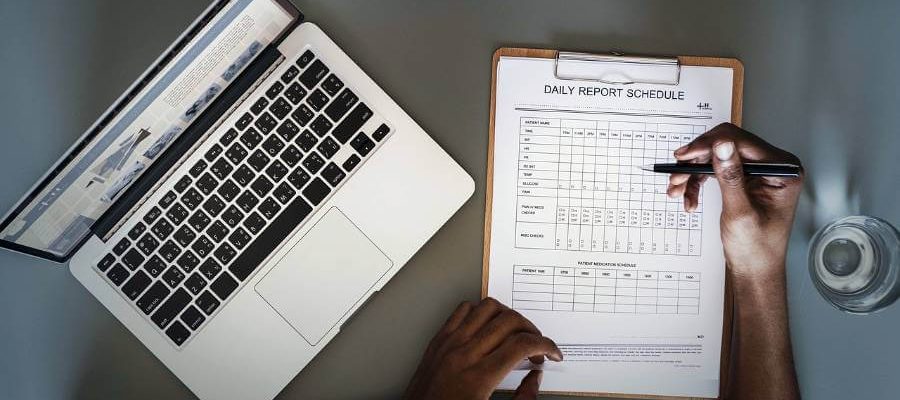Lab Report Tutorial: Writing Tips & Tricks

All laboratory courses cannot do without laboratory reports. They are essential, playing a significant role in defining students` grades. If you are not sure how to write a lab report correctly and what to include there, the proper format of it is presented below.
-
Title Page
Note that not all laboratory reports need a title page. It depends on your instructor`s requirements. However, if it is needed, your title page should contain the following things: the title of the experiment, the name who conducted the experiment, the name of the instructor, the date of the lab performance. In order to create a good title for your report, remember that it should be brief and concise, describing the main point of the experiment. It is better to begin your title with a keyword related.
- Introduction
This is one paragraph of your report which briefly presents the objectives of the lab. Here, you need to define the hypothesis. The introductory part may also contain some background information on how the experiment was performed, findings, and conclusions. However, the main goal of the introduction is to show lab purposes and define the hypothesis.
- Materials and Methods
Then, you need to list all the materials you used while the experiment. Be ready to write about the whole procedure, describing all the steps made during the investigation. Include all the details and be clear while defining the methods. It is a good idea to create and include a diagram of your experimental setup to this part of your report.
- Data
The next step is to provide readers with the numerical data from the experiment. It is usually presented in a table for better understanding. Remember that you do not have to provide with long descriptive explanations here. You just present the facts recorded from the lab.
- Results
This is a part of your report where you need to explain what your data presented earlier means. B clear and use proper terminology in order to make your report readable and professional.
- Discussion or Analysis
This section requires the interpretation of the data. Here, you need to state whether the hypothesis was accepted or not, stating all the details and possible mistakes you have made during the experiment. Be honest and state only trustworthy facts. You can also include some information on how the study may be improved.
- Conclusion
This part of your lab report consists of one paragraph that sums up everything stated before, including the information about the hypothesis – its acceptance or rejection, with a clear explanation of what this means.
- References
If your experiment was based on someone else`s work or if you used some scientific documentation facts, you have to make a reference list for your laboratory report.
- Annexes
An annex is a part of the report that is too detailed and long to include in the main report. It can be tables or detailed calculations. They are presented at the end of the report. Each appendix needs to have own number and title. It should always be referred to by number in the text.
Certainly, while completing a laboratory report, you need to be extremely accurate to include all proper data, methods, calculations. However, it is not that difficult if you know for sure how a good laboratory report looks like. By following these steps, you will produce a lab report that meets all academic requirements.
 EssayTeach.com
EssayTeach.com